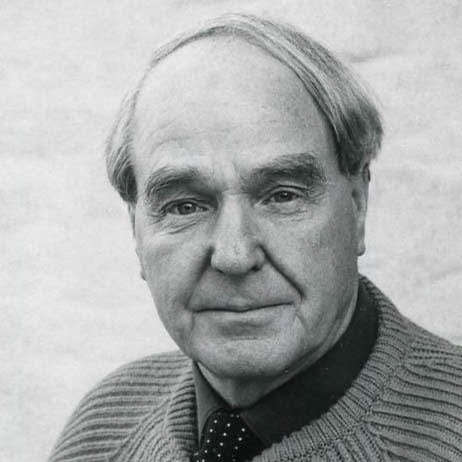
Henry Moore
Henry Moore stood as one of the most important British artists of the 20th century, arguably the foremost globally acclaimed sculptor of his time. He is renowned for his semi-abstract monumental bronzes, which can be seen worldwide.
Biography of Henry Moore
Born in Castleford, a Yorkshire mining town in England, in 1898, Moore initially aspired to be a sculptor from a young age. However, he received teacher training and served in the army during World War I. In 1919, aided by an ex-serviceman's grant, he pursued his artistic ambitions, enrolling first at Leeds School of Art and later at the Royal College of Art in London.
Throughout the 1920s, Moore worked diligently to establish his reputation as a sculptor, drawing inspiration from both historical and contemporary art while developing his unique style. By the 1930s, he had become one of Europe's leading avant-garde sculptors.
In 1939, World War II erupted, and in 1940, Moore began drawing scenes of people seeking shelter in the London Underground during the Blitz. These "Shelter Drawings" garnered widespread recognition as a sensitive yet potent response to the war. Moore was asked to create further drawings and became an official war artist. In the same year, the artist's home in Hampstead, London, was damaged by bombing, prompting him and his wife to relocate to Perry Green in Hertfordshire. During the war, circumstances compelled him to focus on drawing.
In 1943, the artist was commissioned to carve a Madonna and Child for the Church of St. Matthew in Northampton. This sculpture marked the beginning of a series of works created in the post-war era, featuring identifiable human subjects such as seated figures and family groups, reminiscent of his earlier "Shelter drawings." In Britain, art played a pivotal role in the country's rehabilitation and reconstruction. Moore emphasized the civic duty of artists and, in the late 1940s and 1950s, he produced a remarkable sequence of public sculptures in schools, hospitals, and housing estates.
Moore's international acclaim continued to grow, with exhibitions of his work held worldwide, including a major retrospective at the Museum of Modern Art in New York in 1946. In 1948, the artist received the International Prize for Sculpture at the Venice Biennale. In the 1950s, he received several important public commissions, including "Reclining Figure" from 1956 to 1958 for the UNESCO headquarters in Paris.
By 1960, Moore was arguably at the pinnacle of his artistic prowess. In a decade marked by societal and cultural shifts, he created increasingly abstract works inspired by nature, often on a grand scale. Moore explored the metaphor of the body-landscape in a monumental multi-part figure installed at the Lincoln Center for Performing Arts in New York in 1965.
His exploration of organic forms also led to sculptures characterized by sharp edges, compact twisted forms, and elongated points. While new types of sculpture vied for attention alongside Moore's bronzes, international demand for his work continued to rise. The artist remained a prominent figure in the press and on television, collaborating with many photographers. Several new publications about his life and work emerged during the 1960s and 1970s. These accomplishments, coupled with major exhibitions such as those at the Tate in London in 1968 and the Forte di Belvedere in Florence in 1972, solidified his widespread renown.
In 1977, at the age of 79, Moore's success prompted him and his family to establish the Henry Moore Foundation, aiming to promote broader access and opportunities in the arts, particularly in sculpture. The artist continued to work for the Foundation for nine more years until his passing in August 1986 at his home in Perry Green.
Years:
Born in 1898
Country:
United Kingdom, Castleford, West Riding of Yorkshire
Gallery:
Galleria d'Arte Maggiore g.am.
Van de Weghe
Landau Fine Art
Vedovi Gallery